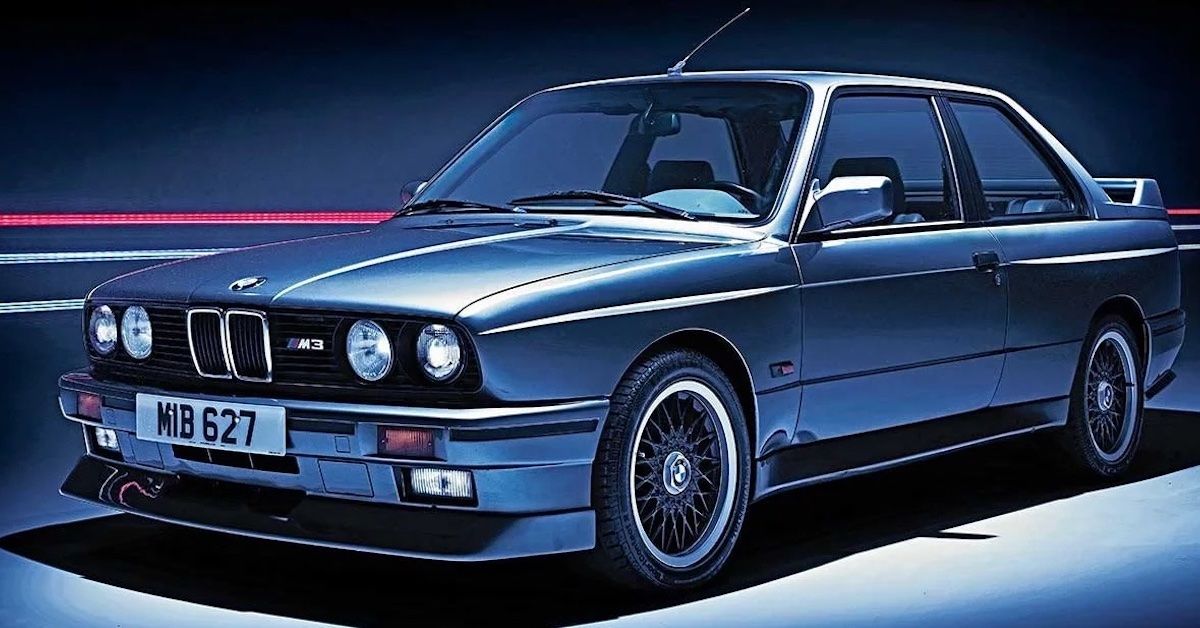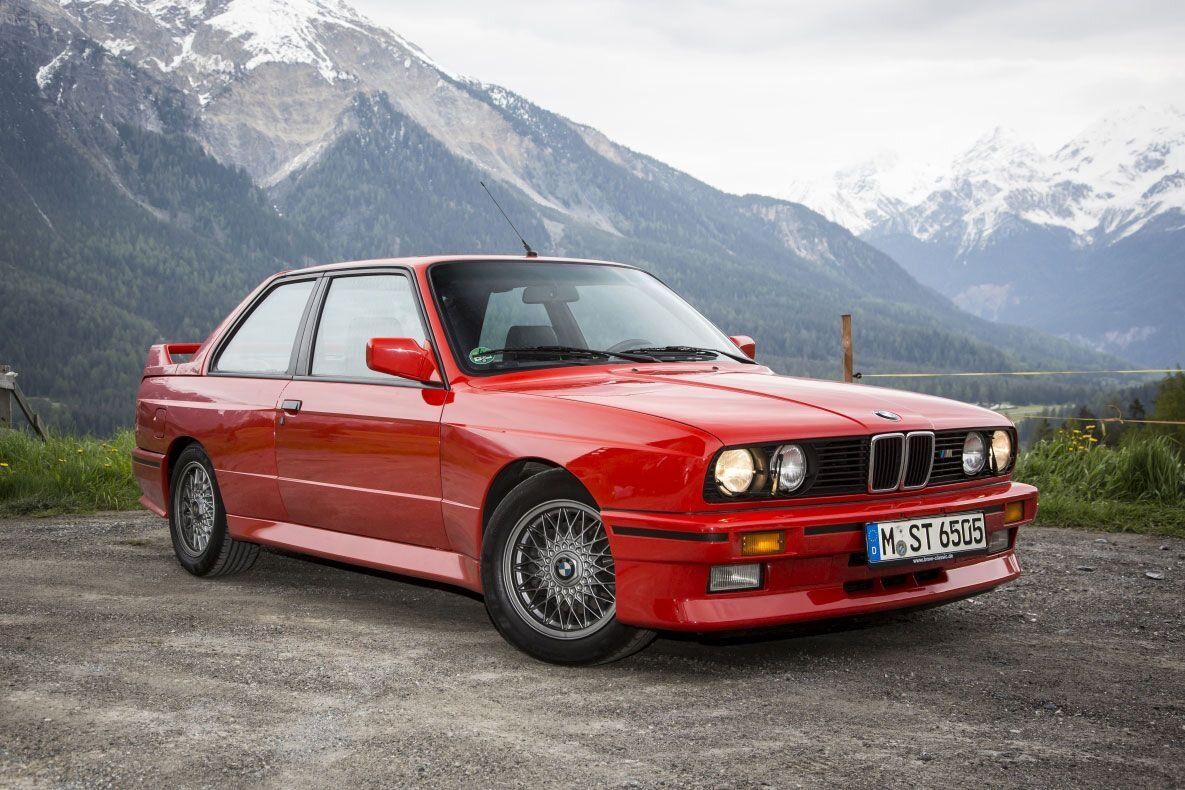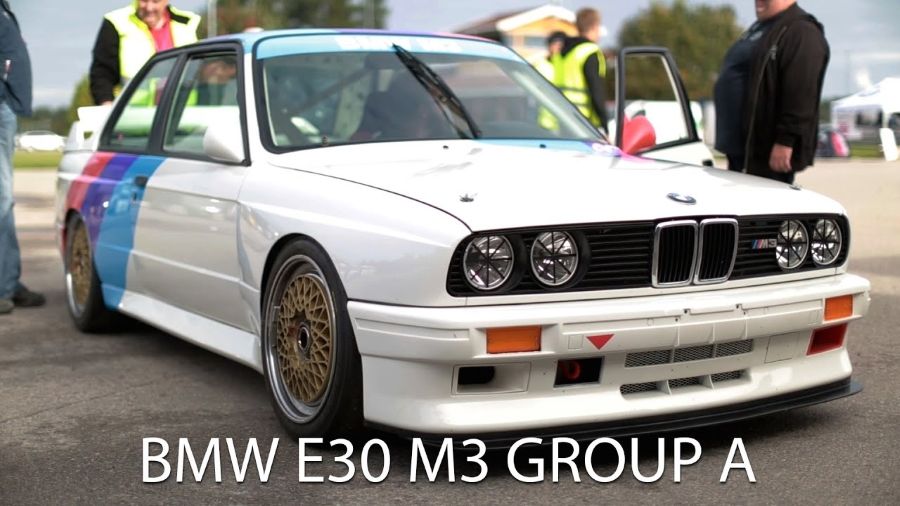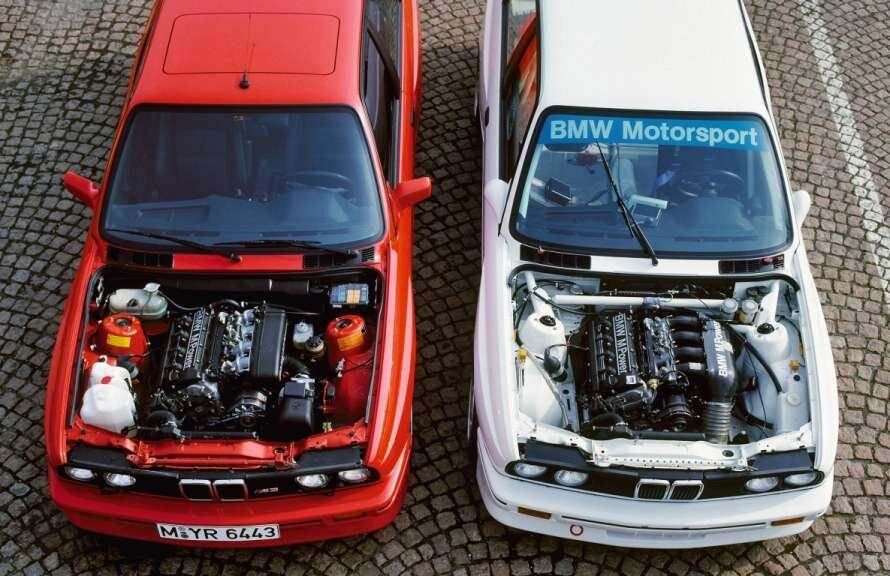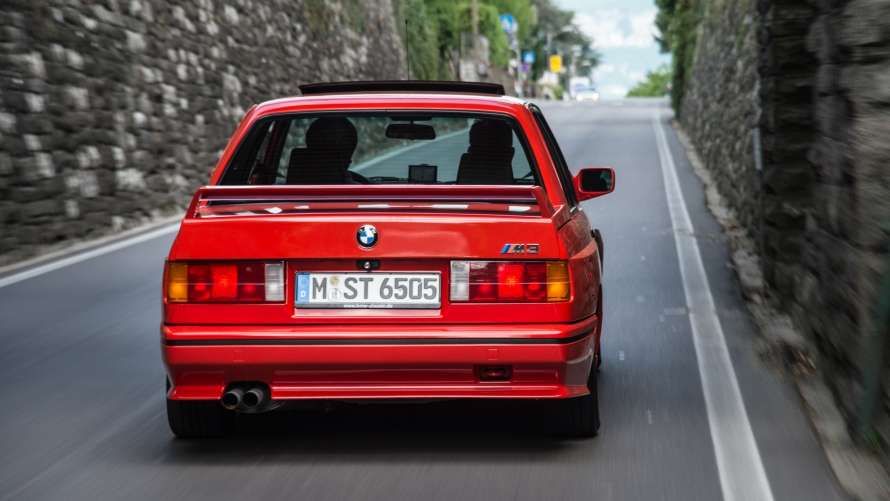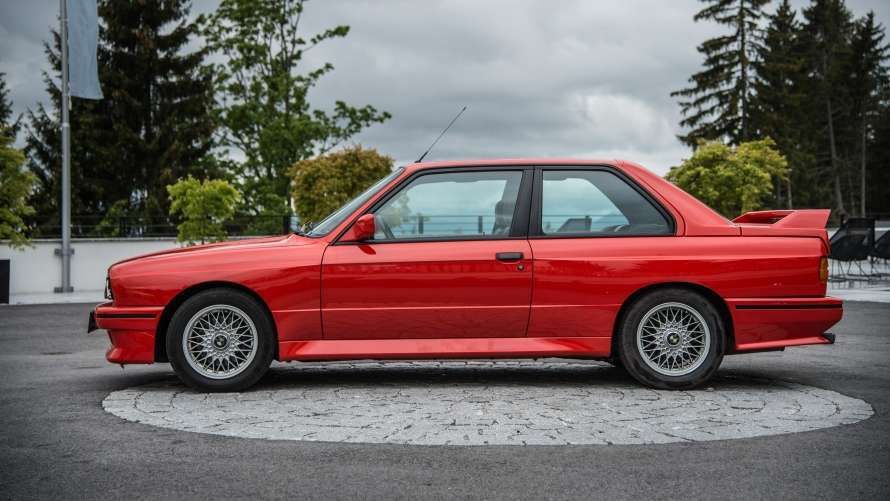Have you seen the 2021 BMW M3? With 473 horsepower produced by an evolved B58 engine, the modern M3 is just as powerful as it is breathtakingly handsome. However, this car stands on the shoulders of its iconic ancestor– the BMW M3 E30. The M3 nameplates have always been a high-performance BMW 3-Series. In other words, the M3 comes from the cradle of BMW’s defunct motorsport division known as BMW M GmbH. BMW M GmbH is just a German way of saying BMW Motorsport Limited Liability Company.
The E30, however, is the first M3- ever, and the Bimmer has since been making them for every BMW 3-Series produced. BMW produced the E30 from 1986 to 1991. In other words, the E30 is the first of its kind.
The purpose-built motorsport-inspired coupe debuted to rave reviews at the Frankfurt International Motor Show (IAA) in 1985. The M3 went on to become a true legend after kicking a lot of asses in touring car racing. Telling the M3's story is far from complete without shining the spotlight on the legend on whose legacy they all stand, the 1986 BMW M3 E30.
The 1986 BMW M3 E30 Shined On The Road & Track
BMW introduced the M3 E30 as a high-performance 2-door, 4-passenger coupe. A convertible variant came later, in 1988 precisely. Despite the M3’s runaway success, it was the fruit of a modest vision- a BMW showroom stock. In other words, the plan was to build a homologated racing sedan, nothing that other marques at home and abroad haven't already done.
However, not even BMW anticipated the M3 would go on to achieve legendary status by killing it on everyday roads and racing tracks. BMW had to sell no less than 5,000 units of the M3 within 12 months to qualify as a production racing tourer, but not even that is the beginning of the M3’s legendary feat even before it took its place on the DTM (Deutsche Tourenwagen Masters) starting line in 1986.
Ah, Deutsche Tourenwagen Masters is just a German way of saying German Touring Car Masters. Though based in Germany, the DTM rounds (races) took place in other European countries as well.
With its eyes set on the touring class racing, the M3 E30 would first test its mettle at the legendary Nürburgring before entering the production cycle. The Nürburgring endurance event is globally recognized as the most grueling and most demanding track in the world. After proving its endurance might at the Nürburgring, the M3 went on to nail Italy’s Pista di prova di Nardò della Fiat (Nardo Ring) high-speed test track.
The E30 owes much of its successes to the good guys at M GMBH, who were so good as to have provided the M3 with advanced components pulled from the Bimmer’s Racing Parts stock. For example, the powertrain included a regulated catalytic converter - something you don’t see every day in the '80s, that ensured the engine only lost a little power down to 195 hp from 200.
The E30’s powertrain included ABS and ventilated discs braking system and a racing-focused suspension that provided stability for competition driving and suitability for everyday use. The suspension consisted of a McPherson strut, lower wishbone, coil springs, an anti-roll bar independent front suspension and semi-trailing arm, coil springs, and anti-roll bar independent rear suspension.
With 200 horsepower at 6,750 rpm, the E30 had no need for a 6-cylinder motor or turbochargers. It toted a revised BMW 3 Series twin-cam 2.3L naturally aspirated 4-cylinder motor, with 4 valves per cylinder producing 177 lb-ft of torque at 4,750 rpm. This engine lent the E30 its lightweight, high torque, and durability qualities. BMW paired the engine to a 5-speed manual gearbox.
With 2,570 lbs of curb weight, the car could cover 62 mph in 6.7 seconds and achieve a top speed of 146 mph. The E30 is admittedly the street version of the most successful DTM racing car of all time.
Is The 1986 BMW M3 E30 A Classic?
The truth is that BMW M3 E30 occupies a position of great historical significance for the company that made it, but it is the E30’s children that solidified its place in the annals of the most iconic sports cars in automobile history.
Take the 1988 BMW M3 E30 Evolution, for instance. It arrived bearing the capacity to produce 220 horsepower and a top speed of 151 mph. And then there was the BMW M3 E30 Sport Evolution toting a 2.5L motor with 238 horsepower, adjustable front aprons, and a one-piece racing seat. These were true evolutions of the original BMW 3-Series-based E30 as they assured a sustained rise of the M3 lineup throughout its years of production.
In the world of classic cars, when we go further from "Rare," we meet "Super-rare." The E30 isn’t just a classic. The Sport Evolution trim, with just 600 units produced, is officially “one of the rarest and therefore most coveted classic cars.” As one of the rarest, it shows there are others just as rare, including the Roberto Ravaglia 1989 BMW M3 E30 Edition.
According to Classic, the average price of a BMW M3 Coupe - E30 is $66,688. You’d have to wait a long time before you can see any for sale, though. At the time of writing this, none are currently available for sale at Classic, although a lone 1991 M3 went on auction on BaT recently.

